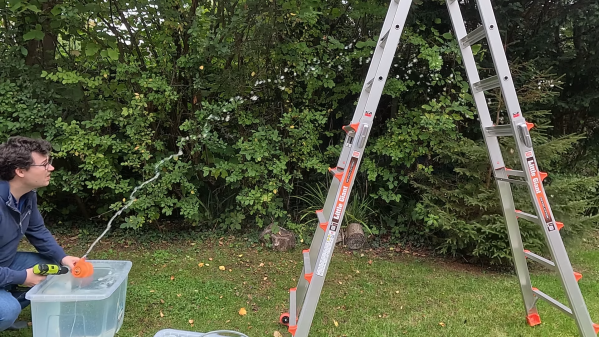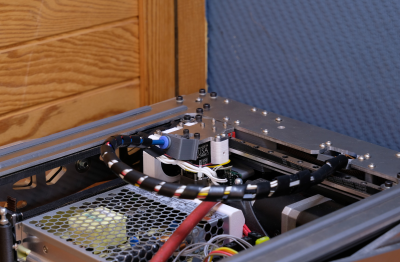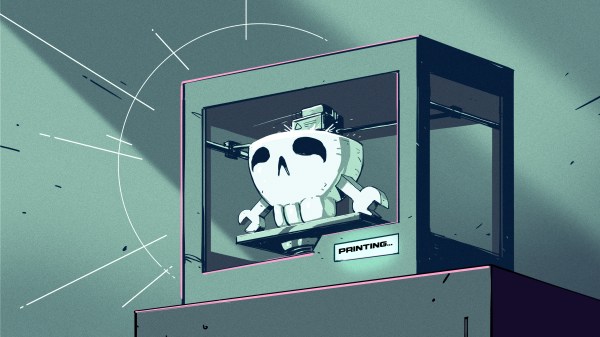There is a point where taking technology for granted hides some of the incredible capabilities of seemingly simple devices. Optical mice are a great example of this principle, using what are more or less entirely self-contained cameras just for moving the cursor across your screen. Don’t believe us? Check out this camera made from an old optical mouse from [Dycus]!
For those unfamiliar with optical mice, the sensor used for tracking movement, like a camera, is just an array of photosensitive sensors. This allows a simple on-board microcontroller to convert the small changes from the visual sensor into acceleration/movement information to be sent to the computer.
Proving how capable these sensors can truly be, [Dycus]’s camera manages a whole 30×30 array of picture quality. Along with glorious greyscale, the pictures achieved from such a camera are more than recognizable. Putting together the camera didn’t even require anything crazy beyond the sensor itself. What appears to be a Teensy LC board, basic buttons, and a small screen are essentially everything required to replicate the camera’s functionality. Pictures, both standard and “panoramic”, can be viewed in a variety of color palettes stored on board. Along with a surprisingly impressive feature set, the idea is impressive.
Limitations are often the mother of innovation, no matter if self-imposed or not, as seen here. However, [Dycus] still had a whole 30×30 array to photograph. What about a single pixel? Let’s make it even harder; we can’t look directly at the subject! This is exactly what was done here in this impressive demonstration of clever engineering.
Thanks to JohnU and Thinkerer for the tip!



















